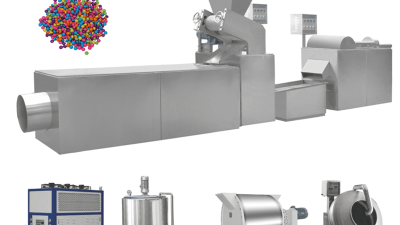Mastering Chocolate Bar Production: A Step-by-Step Guide to Optimizing Your Chocolate Bar Making Machine
Table of Contents
- Understanding the Fundamentals of Chocolate Bar Production Equipment
- Key Components of a Chocolate Bar Making Machine
- Step-by-Step Process of Chocolate Bar Production
- Tips for Optimizing Your Chocolate Bar Machine's Performance
- Common Challenges in Chocolate Bar Production and Their Solutions
- Maintenance Best Practices for Longevity of Chocolate Bar Making Machines
- Revolutionizing Chocolate Production: The Essential Machinery for Forming and Processing Chocolate Beans
- FAQS
- Conclusion
- Related Posts
Lately, the global chocolate market's been on quite a roll, and industry folks are projecting it’ll hit around $162.5 billion by 2024. As people's tastes keep shifting, manufacturers are really leaning into new tech to make their production smoother. One of the big players in this shift? The chocolate bar making machine. It’s honestly a game changer when it comes to keeping things efficient, consistent, and high quality in chocolate production. At Guangdong Bochuan Machinery Technology Co., Ltd., we’re all about researching, designing, building, and selling a bunch of candy and food packaging machines—tailored to keep up with what the chocolate industry needs these days. We’re always upgrading our tech based on what the market and our customers are telling us, so that manufacturers can stay ahead in the game. Basically, we want to give them the tools to master chocolate bar making, helping them meet the growing expectations of consumers and boost their operations at the same time.
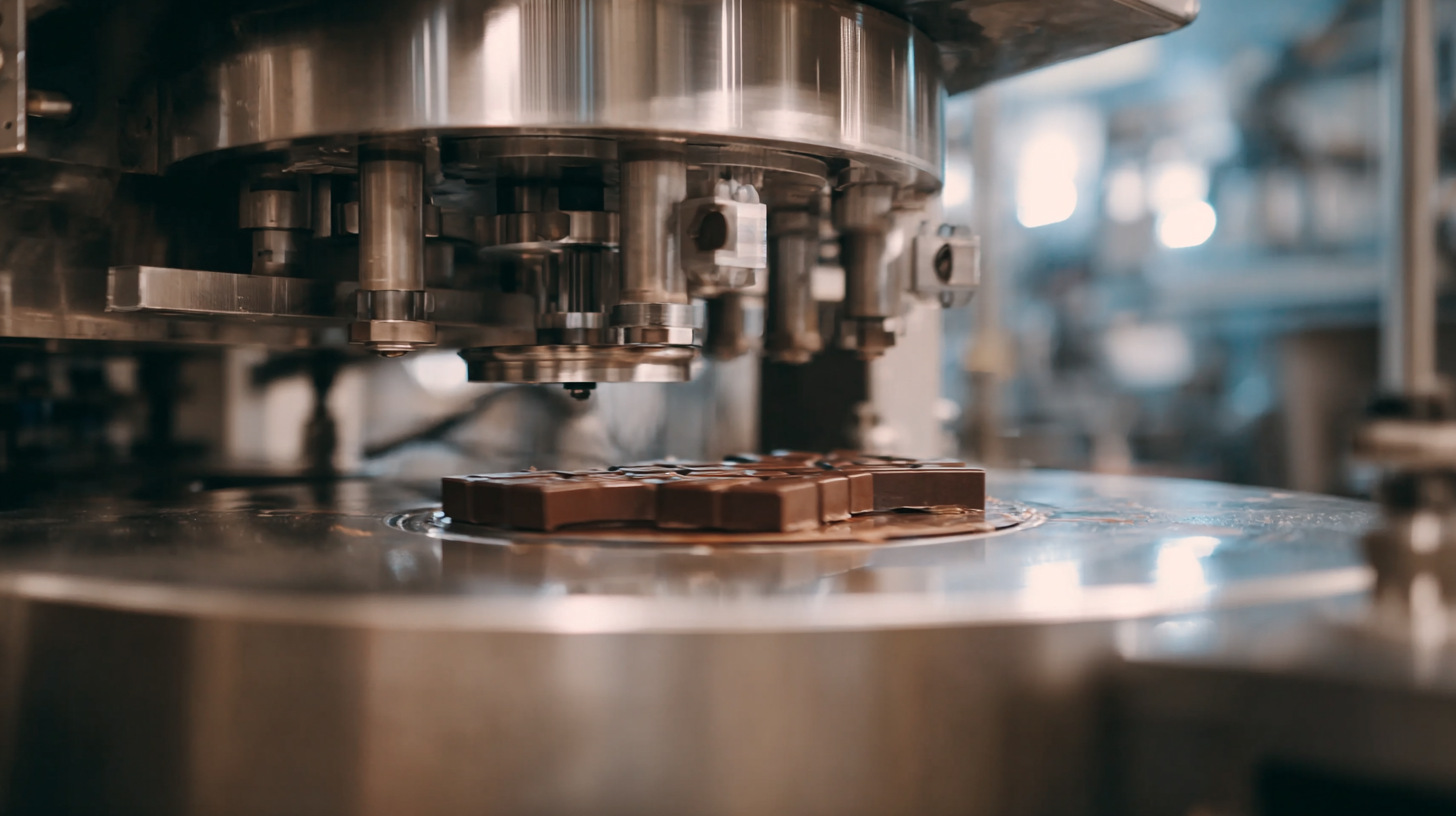
Understanding the Fundamentals of Chocolate Bar Production Equipment
Getting a good grip on the basics of chocolate bar production equipment is pretty much essential if you want to run a smooth operation and really optimize how you make your chocolates. Here at Guangdong Bochuan Machinery Technology Co., Ltd., we totally get how important it is to use top-notch machinery to craft those delicious chocolate bars. We put a lot of focus into researching, developing, and manufacturing the latest candy and food packing machines—so you’ve got the best tools right at your fingertips. By using cutting-edge tech, we’re aiming to meet market needs and make your customers even happier.
If you’re looking to master the art of making chocolate bars, here are a few tips: First off, go for a reliable chocolate bar making machine that offers precise temperature control and steady mixing—that way, your chocolate will stay perfect in both quality and texture throughout the process. Next, don’t forget to keep your equipment in good shape—regular maintenance and upgrades are key to avoiding those annoying downtime issues that throw off your schedule. And finally, stay flexible—tweak your methods based on what consumers want and their feedback to stay ahead of the game in the competitive candy world. Following these simple strategies can really boost your efficiency and make your final product more appealing overall.
Mastering Chocolate Bar Production: A Step-by-Step Guide to Optimizing Your Chocolate Bar Making Machine
| Process Step | Equipment Used | Key Parameters | Optimal Settings |
|---|---|---|---|
| Roasting | Roaster | Temperature, Time | 120°C, 30 min |
| Winnowing | Winnower | Speed, Airflow | Medium, High |
| Conching | Conche | Time, Temperature | 6 hours, 60°C |
| Tempering | Tempering Machine | Temperature Control | 30°C, 29°C |
| Molding | Molding Machine | Mold Temperature | 18°C |
| Cooling | Cooling Tunnel | Airflow, Time | High, 20 min |
Key Components of a Chocolate Bar Making Machine
When you're working on optimizing your chocolate bar-making machine, it’s pretty important to really get a handle on the main components. These include things like the cocoa butter melter, the conching machines, tempering equipment, and the molding systems. Each one is crucial in turning raw cacao into the delicious chocolate bars we know and love.
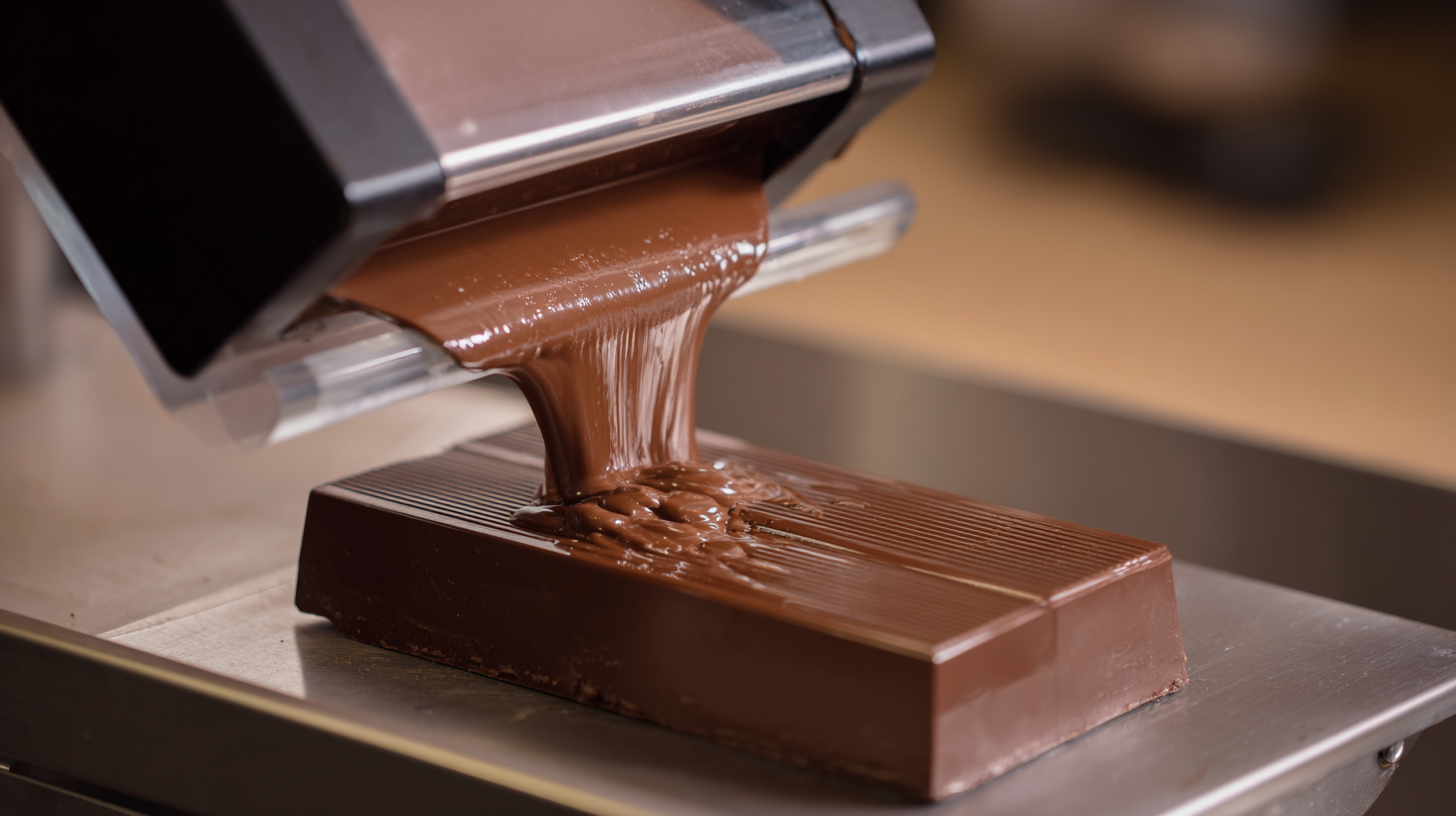 For example, the conching process doesn't just sound fancy — it actually improves the texture and flavor, making a big difference in the final product. I’ve seen reports suggesting that if you get the conching just right, you can cut down processing time by up to 30%, all while boosting flavor at the same time.
For example, the conching process doesn't just sound fancy — it actually improves the texture and flavor, making a big difference in the final product. I’ve seen reports suggesting that if you get the conching just right, you can cut down processing time by up to 30%, all while boosting flavor at the same time.
And it’s not just about machinery — the industry is also getting pretty innovative with new tech to tackle sustainability issues. Lately, a lot of producers are shifting towards using more parts of the cacao fruit itself, not just the beans. This approach helps cut down waste and even creates some pretty interesting flavors. Studies show that by making better use of the whole cacao plant, companies can keep their production sustainable and even save around 25% in costs. As the chocolate world keeps evolving, staying on top of new tech and ingredients will be key for manufacturers who want to meet customer demands and do their part for the environment — it’s quite the balancing act, but totally doable.
Step-by-Step Process of Chocolate Bar Production
Making a chocolate bar is quite the journey—it’s not just about mixing ingredients, but about transforming raw cocoa into something really tasty. It usually kicks off with sourcing top-quality cocoa beans, which are then roasted to bring out all those rich, deep flavors we love. After roasting, the beans are cracked open—kind of like breaking open a nut—to separate the nibs from the shells. Those nibs are then ground into what’s called chocolate liquor, and honestly, this step is pretty critical because it really sets the flavor tone for the whole bar.
Once you've got that chocolate liquor, manufacturers often add in other stuff—like sugar, milk powder, and emulsifiers—to get the right taste and feel. The mixture then goes through a refining stage, where it’s melted and blended a bit more to smooth out any graininess. After that, it’s tempered—kind of like tempering chocolate at home—so it has that shiny finish and satisfying snap everyone expects from a good-quality bar. The final step is pouring the smooth mixture into molds, cooling it down, and packing it up so we can enjoy it. Each step is pretty important, and smart manufacturers really need to fine-tune their machines to ensure everything runs smoothly and the end product is top-notch.
Chocolate Bar Production Optimization
This chart illustrates the production output of chocolate bars over a week, highlighting the impact of machine optimization on productivity.
Tips for Optimizing Your Chocolate Bar Machine's Performance
If you're looking to boost the performance of your chocolate bar making machine, there are a few key tips that can really make a difference in both efficiency and quality.
First off, don’t overlook regular upkeep. Making sure all the moving parts are well-lubricated and free of dirt or debris is super important. Not only does that help the machine last longer, but it also keeps your chocolate consistent and looking great. And honestly, sticking to a solid cleaning routine after each batch is a game-changer — it keeps contamination at bay and preserves the just-made quality of your chocolate.
Another thing that really impacts the final product is how you calibrate the machine. Tweaking settings like temperature, mixing speed, and mold filling can really change the texture and flavor. It’s a bit of trial and error, but don’t be afraid to experiment. Finding those perfect settings will totally improve your results.
At Guangdong Bochuan Machinery Technology Co., Ltd., we’re all about pushing the envelope in candy production. Our R&D team is always listening to customer feedback and looking for ways to improve our machines. This ongoing focus on innovation means our chocolate bar machines stay ahead of market trends, helping you make high-quality chocolate efficiently and with confidence.
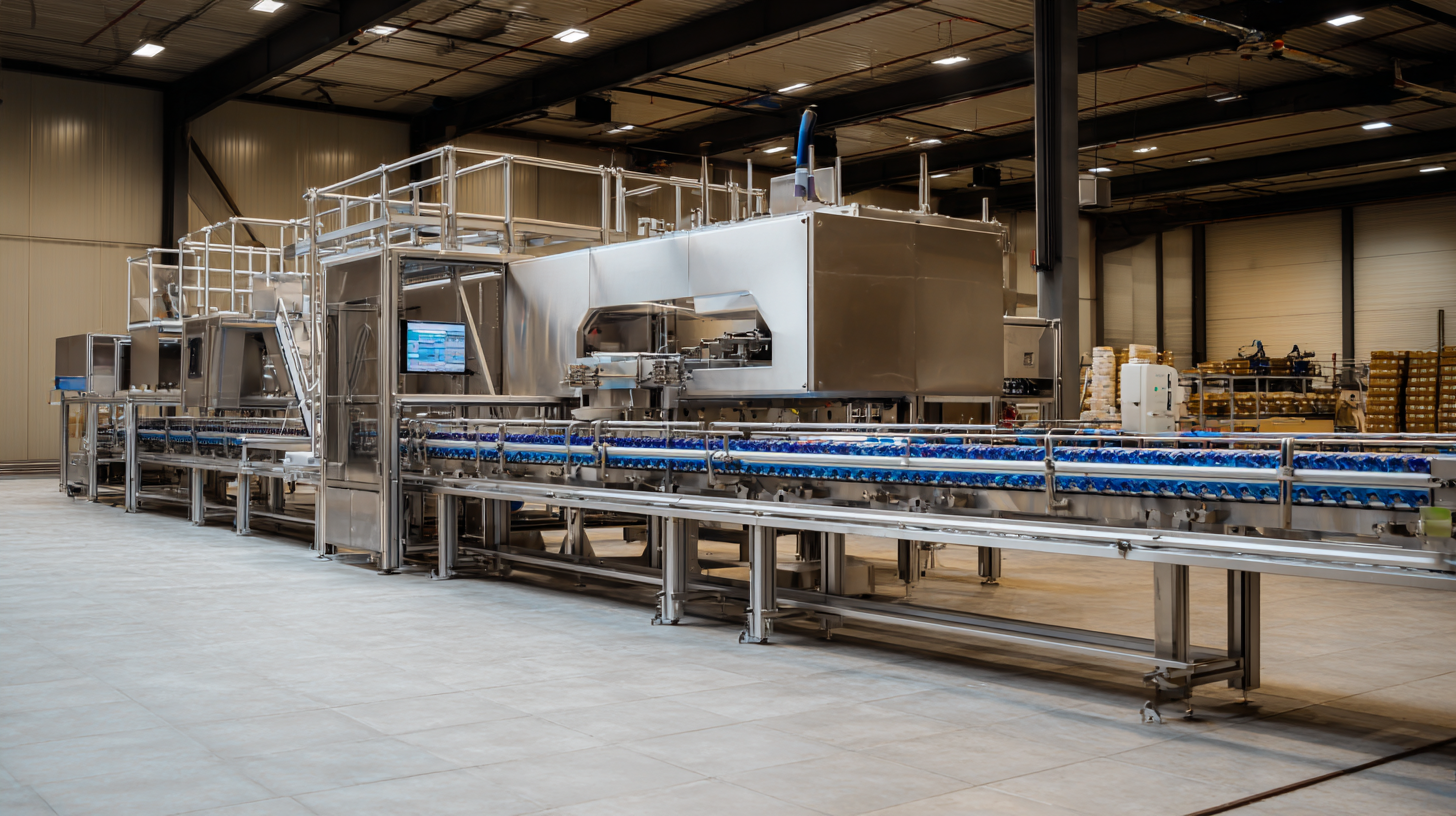
Common Challenges in Chocolate Bar Production and Their Solutions
In the world of chocolate bar making, manufacturers face quite a few hurdles that can really throw a wrench in their efficiency and the quality of their products. One common problem? Inconsistent mixing of ingredients. A report from the National Confectioners Association mentioned that nearly 40% of chocolate makers said that poor mixing led to products that just weren’t quite right—affecting both taste and texture in a not-so-great way. To fix this, many are turning to advanced mixing tech and making sure their equipment gets regular check-ups. That way, they can get a more uniform blend of everything, which obviously helps boost the overall quality.
Then there’s the tricky issue of temperature control during tempering. That same NCA report pointed out that about 30% of production errors come down to improper tempering, leading to problems like bloom and a less-than-ideal mouthfeel. But here’s the good news: using precision temperature sensors and automating the tempering process can really cut down on these defects. When you get the crystallization of cocoa butter just right, your chocolate looks shiny, has that lovely snap when broken, and just feels better overall.
And let’s not forget about packaging and shelf life. It turns out that more than a quarter of chocolate products don’t quite meet the expectations for how long they stay fresh. The trick? Investing in high-quality, moisture-proof packaging. It can seriously extend shelf life, keep the flavor and texture just right, and cut down on waste. So, tackling these challenges head-on doesn’t just make production smoother, it also keeps customers happy and builds loyalty for the brand.
Maintenance Best Practices for Longevity of Chocolate Bar Making Machines
Taking good care of your chocolate bar making machine is really important if you want it to last and perform at its best. At Guangdong Bochuan Machinery Technology Co., Ltd., we totally get how crucial regular maintenance is for keeping your equipment running smoothly and extending its lifespan. It’s a good idea to set up a steady cleaning routine—trust us, it catches dirt and residue before they turn into bigger problems down the line. Using the right cleaning products helps keep your machine in top shape, and ensures that every single chocolate bar you produce is of the highest quality.
Also, don’t forget about regular inspections and swapping out worn-out parts before they cause trouble. Keep an eye on the big stuff like conveyors, molds, and temperature controls—that way, you can spot any small issues early and dodge costly downtime. Our team at Guangdong Bochuan is always working on new, advanced machinery solutions, and we urge our clients to stay in the know about best maintenance practices. Spending a little time on proper upkeep not only boosts productivity but also helps you deliver amazing chocolate treats to your customers every time.
Revolutionizing Chocolate Production: The Essential Machinery for Forming and Processing Chocolate Beans
In the world of chocolate production, innovation is key to enhancing efficiency and product quality. The introduction of advanced machinery for forming and processing chocolate beans is transforming how manufacturers approach this beloved treat. Recent industry reports indicate that the global chocolate market is expected to reach $162.24 billion by 2024, driven by a growing demand for high-quality chocolate products (source: Research and Markets). Given this trend, manufacturers are increasingly looking to invest in state-of-the-art production lines.
The latest production lines equipped with dual technology for producing chocolate—both powder and liquid forms—are setting new benchmarks in the industry. This comprehensive setup includes a conche, holding tank, crushing machine, vibration sieve, and forming machine. Each component plays a critical role in ensuring that the chocolate maintains its flavor and texture throughout the production process. For instance, the conche improves the mouthfeel by aerating the chocolate mixture, while the vibration sieve ensures a consistent particle size, which is crucial for premium-quality chocolate.
As manufacturers seek to capitalize on market growth, the need for efficient machinery that can handle varying production requirements has never been more essential. Reports suggest that companies adopting such advanced machinery can increase their production capacity by up to 30%, while also reducing waste, reinforcing the notion that investing in quality machinery is not just beneficial but necessary to stay competitive in this ever-evolving market.
FAQS
: The first step in chocolate bar production is sourcing high-quality cocoa beans, which are then roasted to develop their rich flavors.
After roasting, the cocoa beans are cracked open to separate the nibs from the shell, and the nibs are then ground into chocolate liquor.
The refining process is important because it melts and blends the mixture to eliminate any grittiness, ensuring a smooth texture in the final product.
The tempering process ensures that the chocolate has the right shine and snap, which are crucial characteristics of a premium chocolate bar.
Manufacturers can optimize their machines by performing regular maintenance, implementing a strict cleaning schedule, and calibrating machine settings for temperature, mixing speeds, and mold filling techniques.
Innovation is crucial as it allows manufacturers to refine their machines, meet market demands, and produce high-quality chocolate products efficiently through ongoing technology upgrades.
Regular maintenance is necessary to ensure that all moving parts are lubricated and free from debris, which prolongs the machine's lifespan and maintains consistent production quality.
Calibration of machine settings, such as temperature controls and mixing speeds, can significantly impact the texture and flavor of the final chocolate product, allowing manufacturers to achieve optimal results.
Conclusion
Hey there! So, in our latest blog titled "Mastering Chocolate Bar Production: A Step-by-Step Guide to Optimizing Your Chocolate Bar Making Machine," we really get into the nitty-gritty of how to produce the perfect chocolate bars. We kick things off by breaking down the basics of the equipment involved—you know, the key parts that make the whole process smoother and ensure your end product is top-notch. The guide walks you through each step of the process, from mixing ingredients to pouring them into molds, and we also share some handy tips to help your Chocolate Bar Making Machine run at its best.
We also chat about common problems folks face during production and toss in some practical solutions to help you avoid headaches and keep things running seamlessly. To wrap things up, we throw in some advice on maintaining your machine — because keeping it in good shape means it’ll last longer and perform reliably. Honestly, this guide’s a real gem if you’re trying to step up your game in candy making and stay on top of the latest industry trends. Whether you're a seasoned pro or just starting out, there's plenty of useful info here to help you out!
Related Posts
-
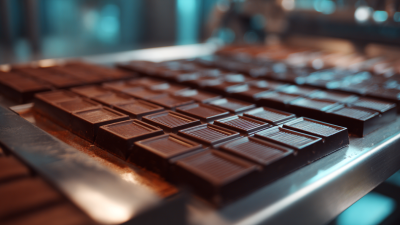
Industry Applications of Best Chocolate Bar Making Machine and Challenges in Production Efficiency
-
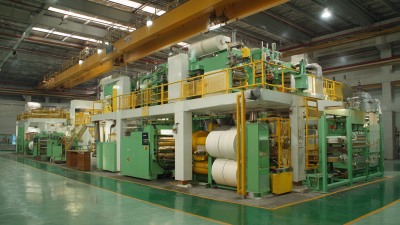
Top Strategies for Efficient Pancu Mittai Production Using Advanced Machinery
-

Future Innovations in Candy Floss Machines The 2025 Tech Evolution for Global Buyers
-

China's Leading Factory Delivers Unmatched Quality in Best Foil Sealing Machines for Global Buyers
-

Overcoming Challenges Faced by Buyers of the Best Candy Making Machine
-
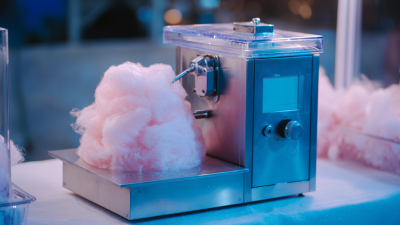
How to Operate Your Cotton Candy Diy Machine Like a Pro

